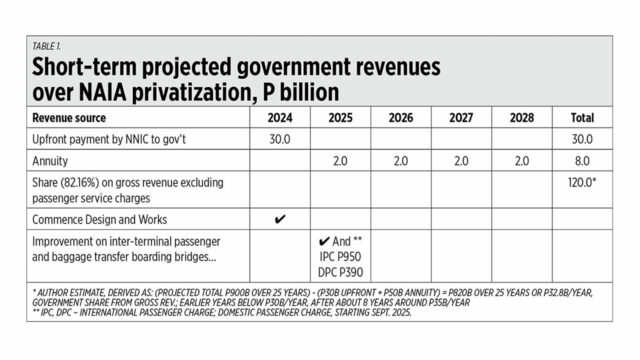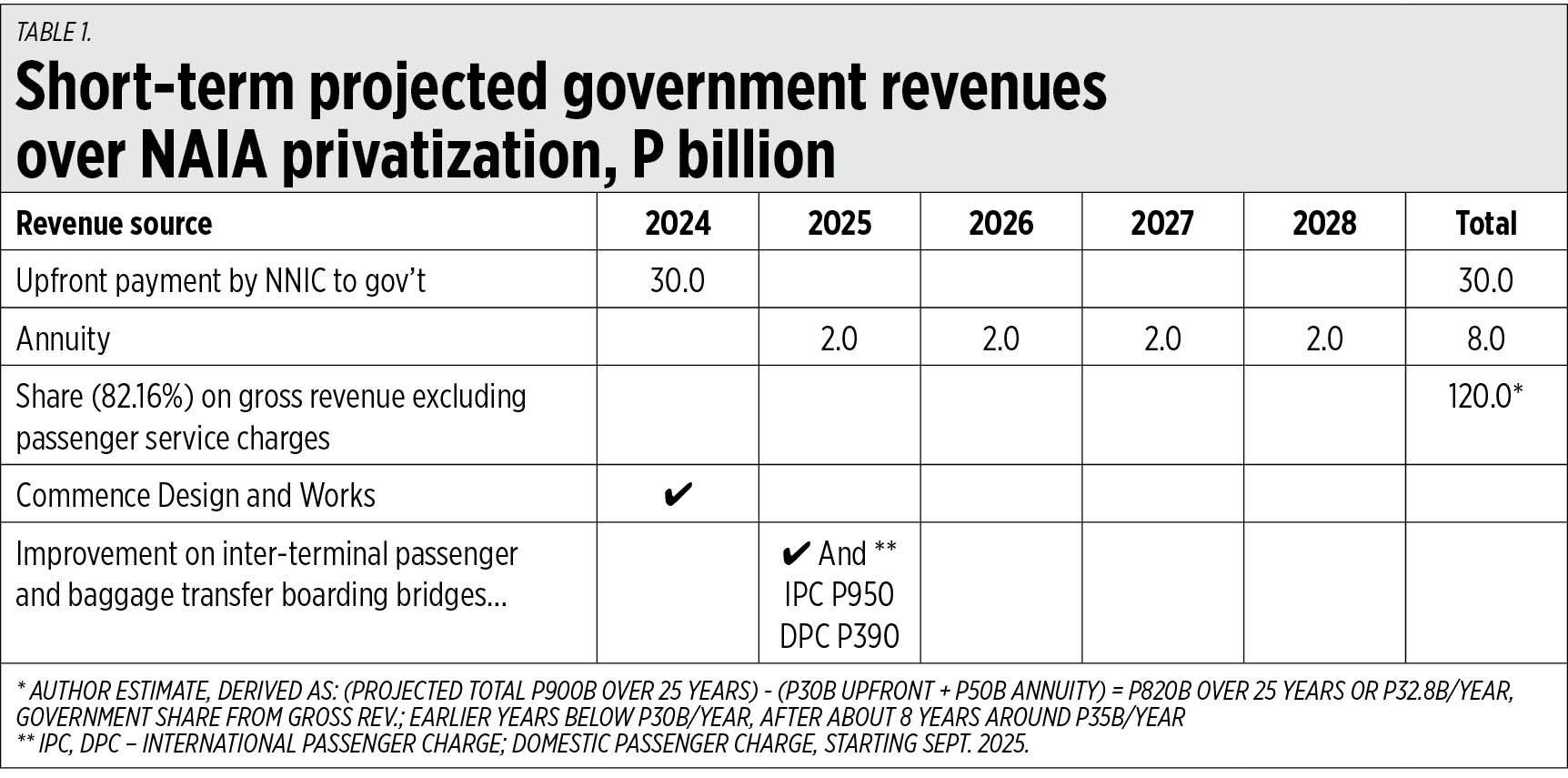Blockchain can shield companies from cyberattacks, tech outages
By Aubrey Rose A. Inosante, Reporter
BLOCKCHAIN TECHNOLOGY can help local businesses improve their resilience against data breaches and downtime caused by information technology (IT) outages, ICP Hub Philippines said.
Blockchain is a digital ledger that records information across a network of computers. It stores data in a series of connected “blocks” that contain records of transactions and other information, and once a block is added to the chain, it cannot be changed, making the data secure and transparent.
ICP Hub Philippines is a nonprofit organization that aims to boost blockchain education by adopting Internet Computer Protocol (ICP). It will launch an incubation program in the fourth quarter and will provide grants to interested companies and startups.
“Because it’s going to be living on the blockchain, it’s going to be tamperproof. Even if there are many hackers, it’s almost impossible. How can you hack node providers globally when you don’t know where [and] there are so many?” Nelson Tung Lumbres, cofounder of ICP Hub Philippines, said in a video call with BusinessWorld on Aug. 29.
In contrast, data stored on centralized servers controlled by an entity can be manipulated, Mr. Lumbres noted. Node providers validate transactions made in the blockchain to maintain its integrity, he added.
Blockchain can also help businesses avoid the risk of expensive downtime if a similar event like the global technology outage in July that was caused by a cybersecurity software update, he said.
During that time, blockchain networks like Bitcoin were not interrupted, while numerous services run by centralized services such as airlines and retail systems were affected, Mr. Lumbres said.
Unlike traditional systems that rely on centralized servers or data centers, a blockchain network operates across numerous nodes or computers spread around the world. This means that even if some nodes experience issues or go offline, the rest of the network continues to function and maintain the integrity of the data.
“We currently operate in a centralized environment, which is fine. Transitioning to a decentralized model won’t happen overnight. However, if enterprises are concerned about downtime, what I foresee in the coming years is a mirroring approach,” Mr. Lumbres added.
“Right now, organizations like ICP Hub Philippines aim to provide blockchain as a service. Rather than immediately replacing existing IT systems, the goal would be to use blockchain as a supplementary backup option,” he said.
CHEAPER DATA STORAGE
“For a traditional company, you’ll be hosting your website on a traditional server like Amazon Web Service, or Microsoft Azure, you’ll be paying that on a monthly basis,” he said when asked about the difference between a traditional company running on servers versus a firm using an ICP blockchain.
Mr. Lumbres added that it would be cheaper for companies to build their platforms on ICP as it only requires $5 to store one gigabyte of data.
“Additionally, when their users increase, they need to increase their servers, and that’s going to be stored on a cloud. If they opt for their own data center, it often ends up in a basement or similar space.”
However, the adoption of blockchain in the Philippines remains low due to a lack of awareness and developers, Mr. Lumbres said.
“I believe our government is open to blockchain, but it needs to create more opportunities for its integration. The government needs to have someone who will not politicize this process and instead oversee, facilitate, and maximize the benefits of having a blockchain,” he added.


















